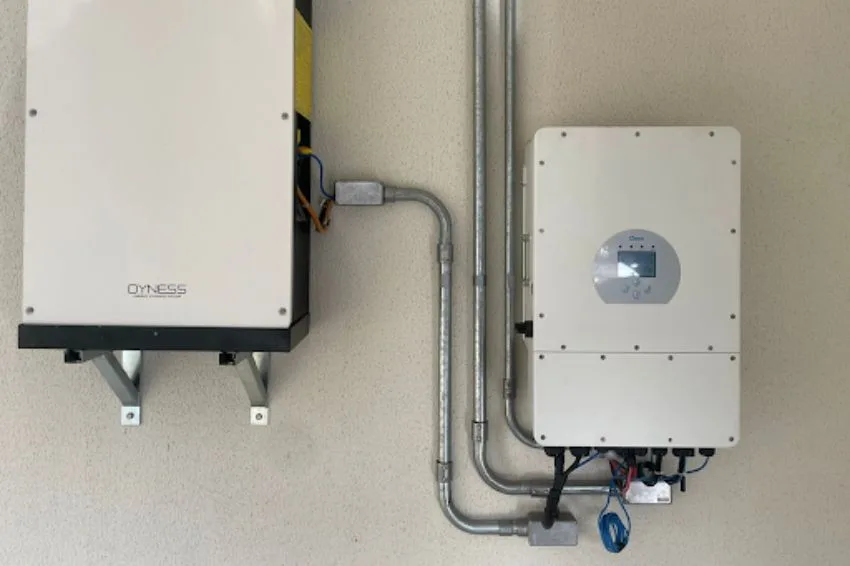Article published in the 22nd edition of Canal Solar Magazine. Click here and download now for free!
O electrical system has changed over the years with the entry of consumers who have their own generation system (prosumer).
Allied to the expansion of others distributed energy resources (REDs), increases the number of agents who become an active part of the functioning of the distribution system.
In this sense, there is a need for methodologies to face the new challenges arising from the increased complexity of the operation of these distribution networks.
Systems and methodologies for advanced management of distribution networks with the possibility of optimizing the use of technologies and equipment already implemented, such as inverters photovoltaic systems, can help reduce charges and losses for both consumers and system operators.
There are different requirements depending on the installation voltage class. Consumers with up to 75 kW of installed power are connected to the electricity grid. Low tension and are charged at the rates of consumer group B. In this group, they do not need contract a demand and are not penalized for not correcting their power factor.
Meanwhile, consumers with minigeneration systems connected to the Medium Voltage network are charged at the rates of consumer group A, obliged to contract a specific demand and are penalized if the power factor falls below the specified value (0.92).
In microgeneration systems, one of the most common problems faced by the distribution network and customers is overvoltage.
Want to read the full article? Download now 22nd edition from Canal Solar Magazine.
The opinions and information expressed are the sole responsibility of the author and do not necessarily represent the official position of Canal Solar.
















4 Responses
In relation to Centralized Generation, is the power factor control done by a capacitor bank and the inverter?
Power factor control can be done by inverters and must comply with some ONS requirements. For this item, when connecting centralized generation (wind and photovoltaic) we recommend reading submodule 2.10 of the ONS (especially item 5.2). Below is the link to the ONS submodules: https://www.ons.org.br/paginas/sobre-o-ons/procedimentos-de-rede/vigentes
Hello!
The inverters control the harmonics, voltage, and PF, if there is something like that, it would be from other equipment after them. Knowing this and guaranteed by the manufacturers, where does this problem originate?
The inverter itself generates harmonics in its switching process, when transforming direct current into alternating current. Therefore, it can be the source of harmonic generation. But these harmonics are controlled and the manufacturer guarantees a maximum value of harmonic distortion that the inverter can generate. The inverter has control over the other variables mentioned.